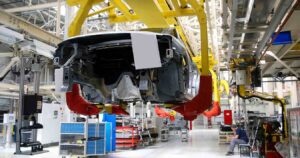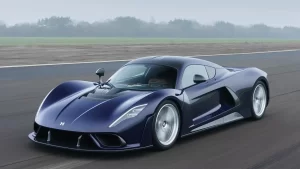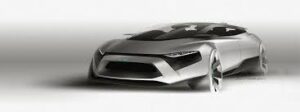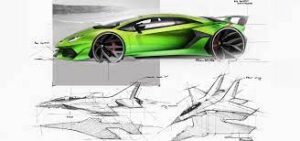Car design is the process of designing the appearance and function of a car. This includes the exterior design, which determines the car’s overall shape and style, as well as the interior design, which determines the layout and features of the cabin.
Car designers work with a team of engineers and other professionals to create a cohesive and functional design that meets the needs and desires of the target market.
Car design is a complex process that involves a range of factors, such as safety, performance, fuel efficiency, and cost.
Designers must also consider the latest trends and consumer preferences, as well as the technical limitations and capabilities of the car.
Car design has a significant impact on the success of a car, as the appearance and features of a car are major factors in consumer decisions.
As such, car companies invest heavily in the design process and often employ top-notch designers to create innovative and appealing vehicles.
Table of Contents
ToggleCar Design: History
The history of car design dates back to the late 19th century, when the first automobiles were being developed. Early cars were often designed with functionality in mind, and the design was fairly simple and utilitarian.
As cars became more popular and widespread, the design process began to evolve. In the early 20th century, car designers started to pay more attention to the appearance of the car, and the first concept cars were developed. These cars were used to showcase new design ideas and technologies, and they often featured bold and futuristic designs.

During the 1950s and 60s, car design took on a more modern and streamlined look, with cars becoming longer and lower to the ground. This was also the era of the muscle car, which featured powerful engines and aggressive styling.
In the 1970s and 80s, car design became more aerodynamic, with a focus on fuel efficiency and emissions. This was also the era of the SUV, which became popular due to their rugged appearance and off-road capabilities.
Today, car design is highly advanced and sophisticated, with designers using computer-aided design (CAD) software and other technology to create detailed and complex designs. The focus is on creating cars that are aesthetically pleasing, while also being safe, efficient, and environmentally friendly.
Car Design: Importance and Other Facts
Car design is an important factor in the success of a car, as the appearance and features of a car can greatly influence consumer decisions. A well-designed car can help to differentiate a brand and make it more appealing to consumers.
Car design is a complex process that involves a range of factors, such as safety, performance, fuel efficiency, and cost. Designers must consider the latest trends and consumer preferences, as well as the technical limitations and capabilities of the car.
Car design has evolved significantly over the years, with the focus shifting from functionality to aesthetics and back again.
Today, car design is highly advanced and sophisticated, with designers using computer-aided design (CAD) software and other technology to create detailed and complex designs.
In addition to the appearance of the car, designers also focus on the functionality of the interior, including the layout, materials, and features.
The interior design is an important factor in the overall comfort and convenience of the car.
Car design is a competitive field, with car companies constantly striving to create innovative and appealing designs to attract consumers. Many car companies have their own in-house design teams, while others work with external design firms.























